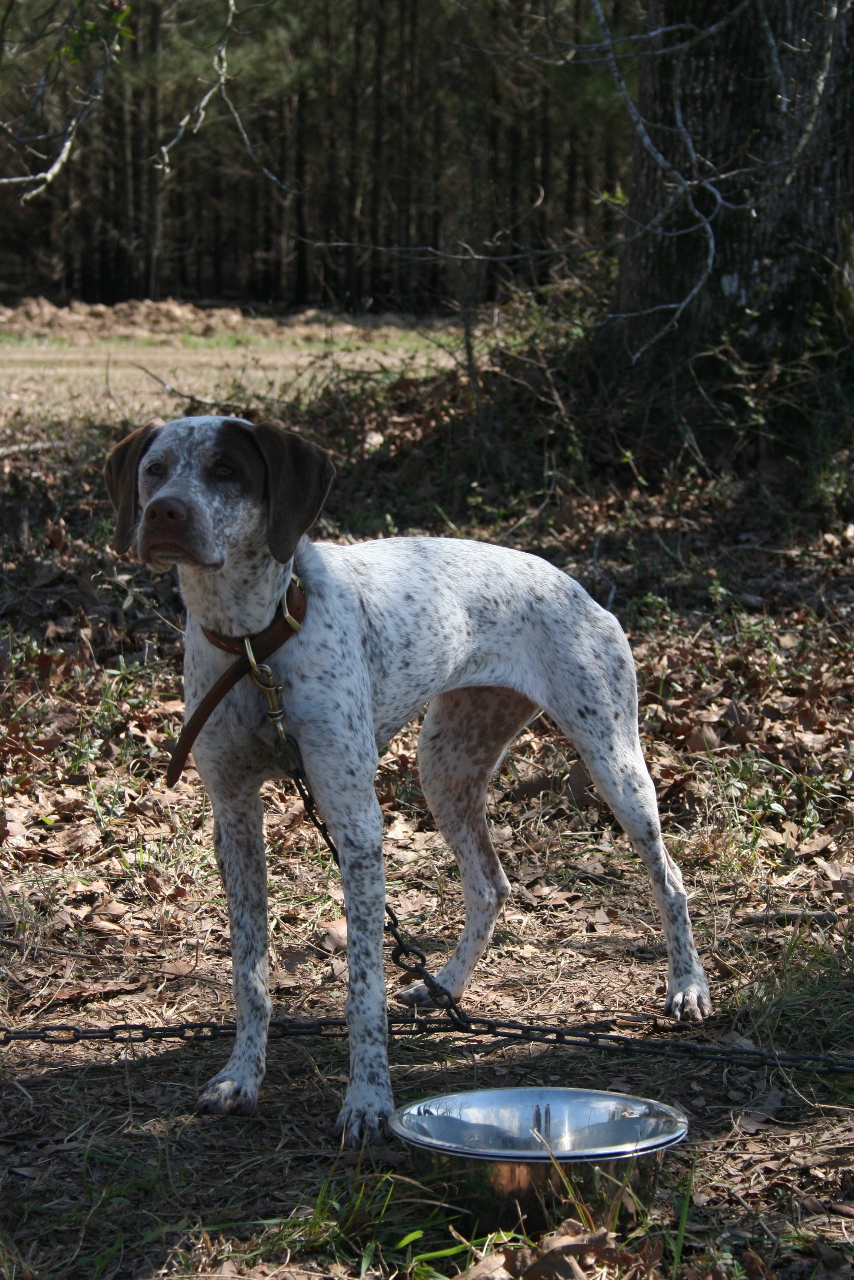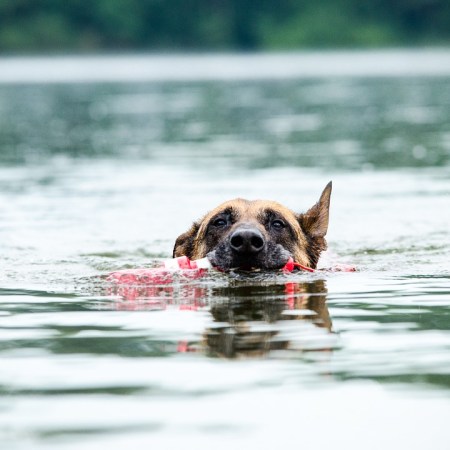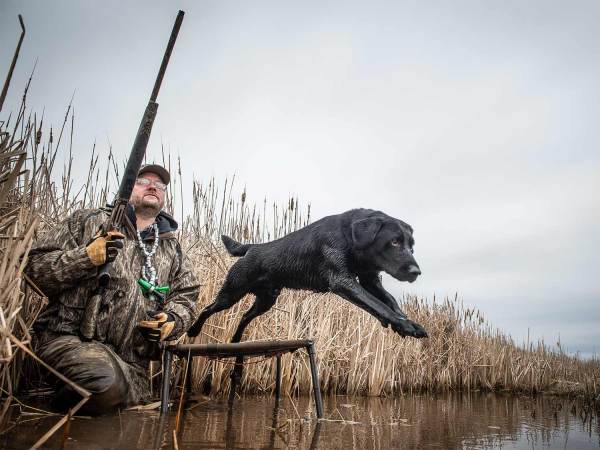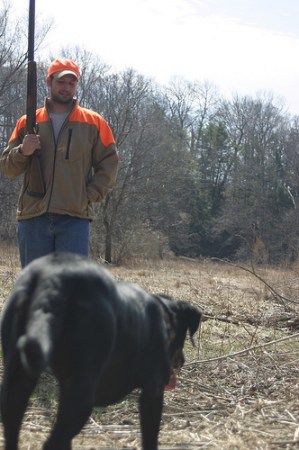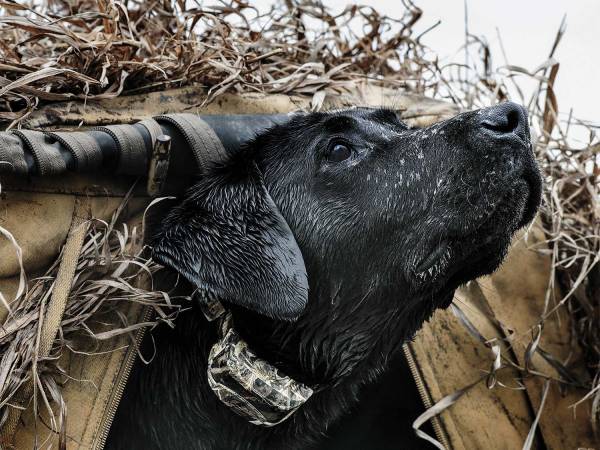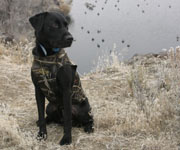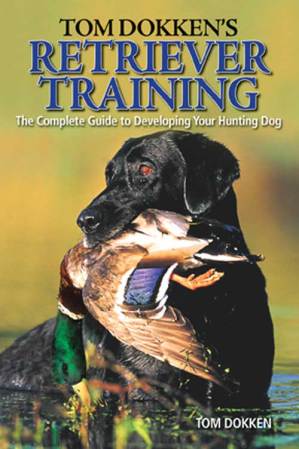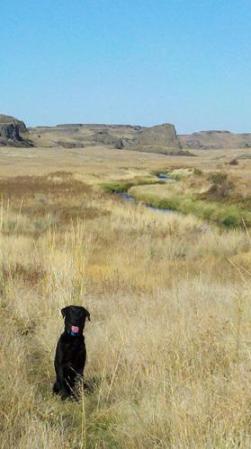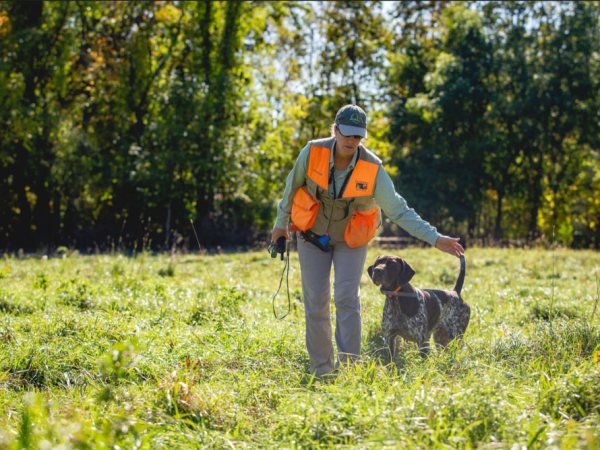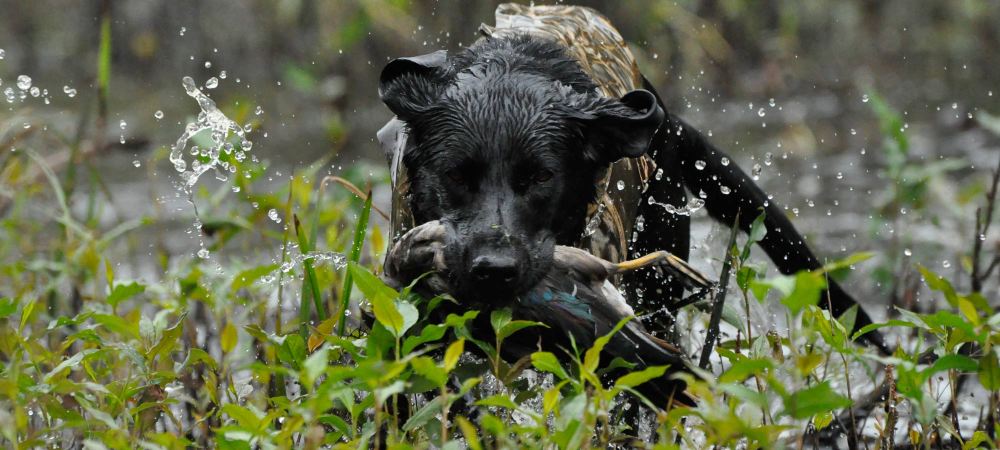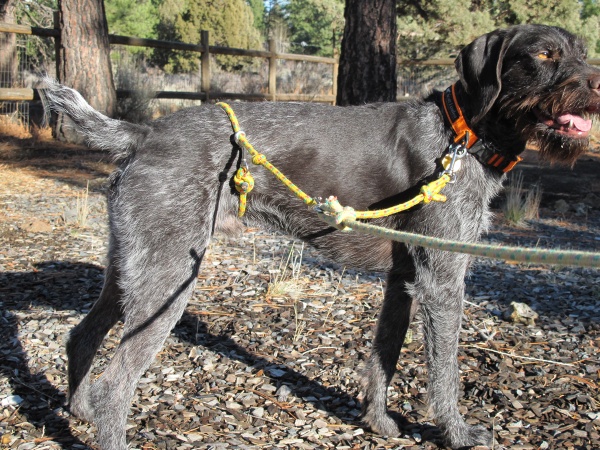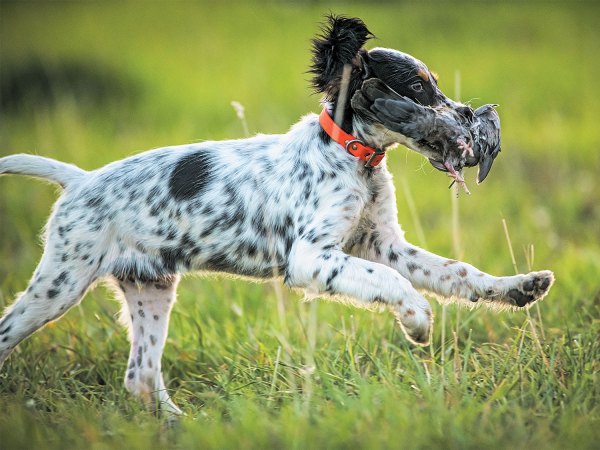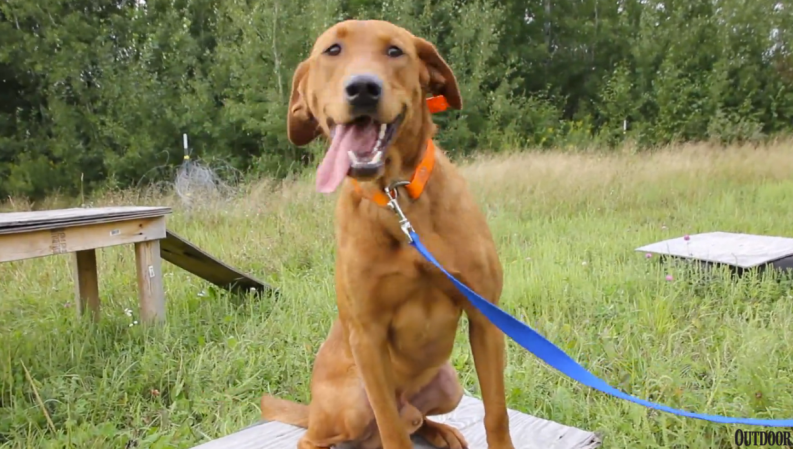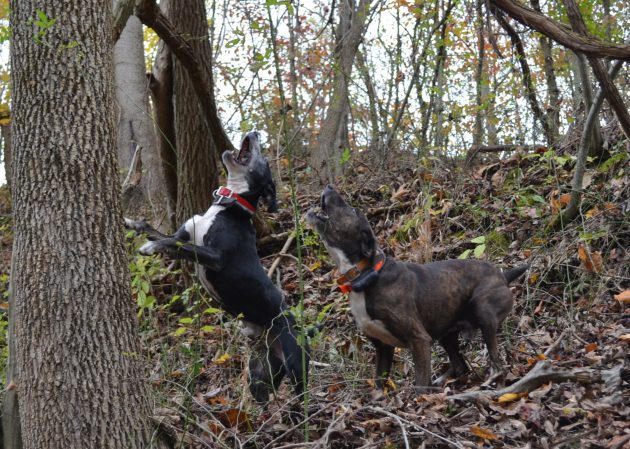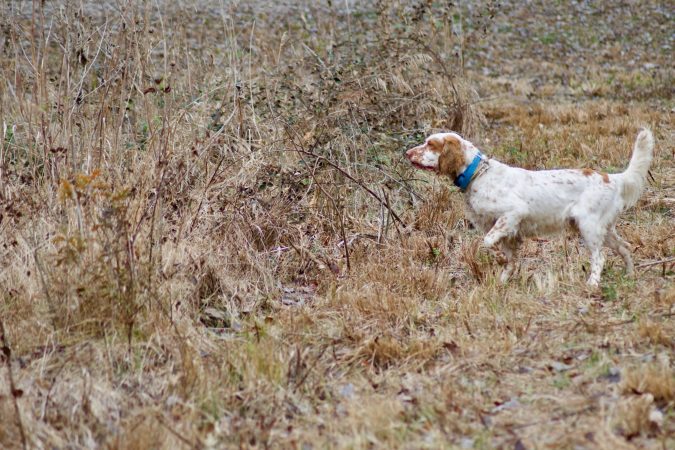Often associated with long strings of dogs, the stakeout chain can be a vital link in the training of a pointing dog. It’s not just a place to put multiple dogs while training a single dog, it serves a greater purpose (including teaching the dog neck cues, remaining calm and knowing when to “turn it on and off”) and can be used by even the single-dog owner.
To delve deeper into the role of the stakeout chain in training, I went to pro trainer Ronnie Smith for some answers. Here’s what he had to say about everything from making your own stakeout chain to psychological impacts on a dog.
What is the importance/role of the stakeout chain?
The stakeout chain is a very important training tool. In the horse world, tying a horse to a post has been referred to as “The Post of Knowledge” and the stakeout chain is similar for a dog. It teaches a dog to stand calmly while waiting on their owner.Dogs learn to have composure and to relax, rather than pace in a kennel barking and agitated. A dog that is pacing and barking is physically stressed and may even be a danger to themselves. It is much better to have a composed individual who is ready to go do a job the best they can.
For us, snapping a dog on to the stake out chain indicates the beginning of class. At this point everyone is at their desk and focused. Ideally a stakeout chain should be located where each dog can see all of the work being done in the field. If all dogs are able to see each flush, then they gain experience as you work your other dogs.
How does it work on the dog psychologically?
The stakeout chain takes all of the resistance out of a dog’s mind. They learn to give to cues on the neck instead of fighting against pressure. It is a great tool to teach puppies to give to cues from the collar on the neck. This is the beginning of teaching your dog to heel and handle in the field when cued on the neck.
The stakeout chain also teaches a dog to “turn it on” and give their best in the field and then to “turn it off” and relax when they are not performing.This helps dogs to perform their best in the field and makes them more enjoyable to be around when not in the field.
Do you need to have multiple dogs for it to work in this manner?
There is no requirement that you have multiple dogs to effectively use a stakeout chain. There is plenty that a single dog can learn being staked out by themselves. A co-dependent dog may even be able to gain self confidence by being by alone on a stakeout.
How can suburban guys simulate your stakeout chain?
A short one- or two-dog stakeout chain works well in a backyard. While doing yard work or sitting on the back porch drinking iced tea, you can let your dog relax on the chain. In today’s world your training really has to be adapted to fit your lifestyle.
_Word of caution:_A short swivel stake will encourage your dog to walk in circles around the stake, instead of laying down and relaxing. A drop chain coming off of a main chain on the ground is typically more effective in getting your dog to stand or lay down (see image above).
Puppy introduction: How long are initial sessions? What is the puppy going through? How do you know when to let them off and end the session?
As with any puppy training, keep your lessons short and sweet. A pup doesn’t need to be on the stakeout for long. Just wait at least until they have quit resisting and have laid down to relax before you let them off the stakeout.
Don’t be overly concerned if your pup pulls against the chain and barks initially. The stakeout chain is not hurting him. At this point your pup is just resisting the confinement of the chain and trying to learn what he can and can’t do while there.
Once your dog is content with relaxing on the stakeout, you can go to him and let him off. Never let your pup off of a stakeout chain while he is resisting it. Doing so teaches a young dog that the way to get what he wants is to fight against any restriction (by the way, this applies to crate training your pup as well!).
It is best to put your young pup on a stakeout chain either by himself or with other young dogs. You never want a larger dog jumping around on the chain and jerking your young pup around or overwhelming him.
Physical logistics of the stakeout chain: How long? How much movement? Length of the drop chain?
The chain should not have any slack in it. This will prevent dogs from learning to jerk against it and keep your dog from accidentally getting wrapped up in it.
Be sure your drop chain has a swivel snap on it (we prefer one swivel snap at the top and an additional swivel at the bottom). You never want a circling dog to be able to get wrapped up in the chain.
The length of the drop chain should correlate to the height of the dogs that you are working. Your dog should be able to stand comfortably but not be able to easily jump up.
The drop chains should be spread out far enough that no two dogs can touch each other.
Are there any dangers or things someone shouldn’t do while their dog is on the stakeout chain?
As with any training tool, there are words of caution that go along with it. It is imperative that dogs placed on a stakeout chain never be left unattended and have access to water and shade at all times.
Side note: A testament to the stakeout chain
I had a dog a few years back that came in to our kennel scared of her shadow. She had very little bird exposure and was not even sure that she liked birds at all.
We thought we could help her so we went ahead and accepted her for formal training. Every morning we would put her on some pigeons and would then take her up to the stakeout chain.
Her main focus was turning off the world and getting back to her “safe zone,” which was the kennel. When on the stakeout chain, she would lay down facing the kennel and away from the activity in the field, simply trying to make it all go away. Meanwhile, all of the dogs next to her on the stakeout chain were eagerly watching the bird work in the field and barking in enthusiasm at each flush.
This went on for a couple of weeks. Then one day, as we flushed birds close to the chain, she turned and watched a bird fly off. After that she gained confidence and enthusiasm every day.
The chain had exposed her lots of birds and to the enthusiasm of the other dogs and had forced her to make a decision. Her decision was that she liked birds and was willing to participate. From that point forward she quickly became one of the stronger dogs in the class. At the end of her three months of formal training she was a bold, confident, individual who did a fine job on her bird work. I attribute her success mainly to her experiences on the stakeout chain.

